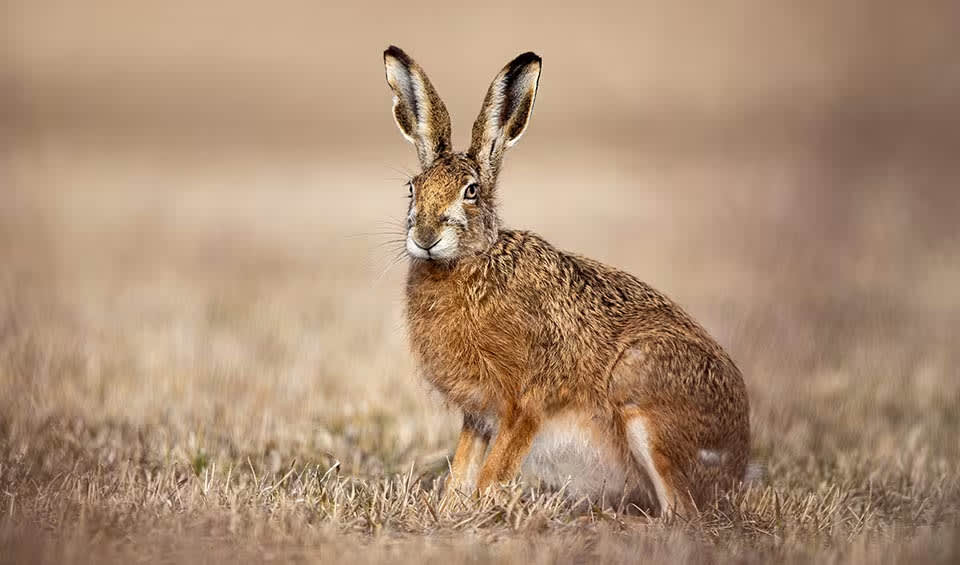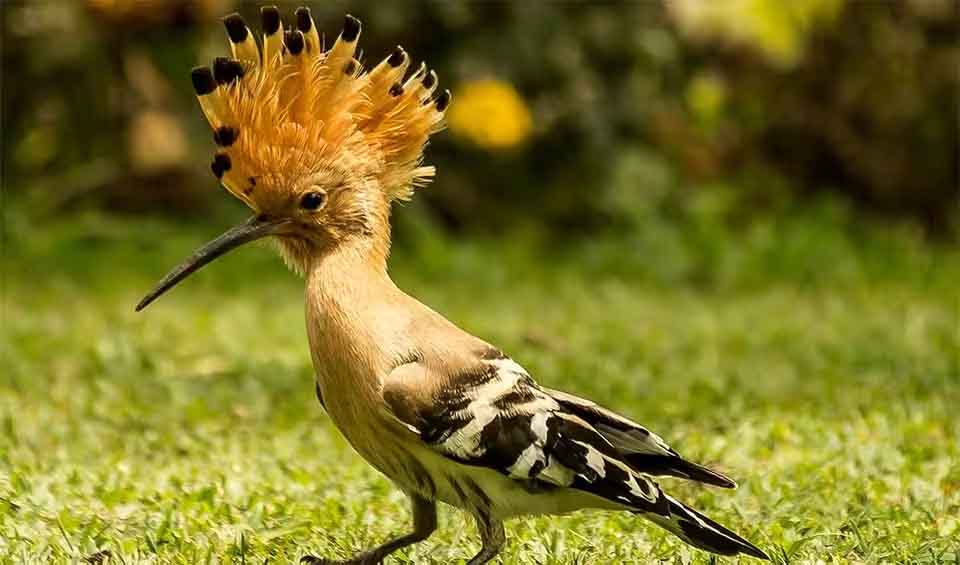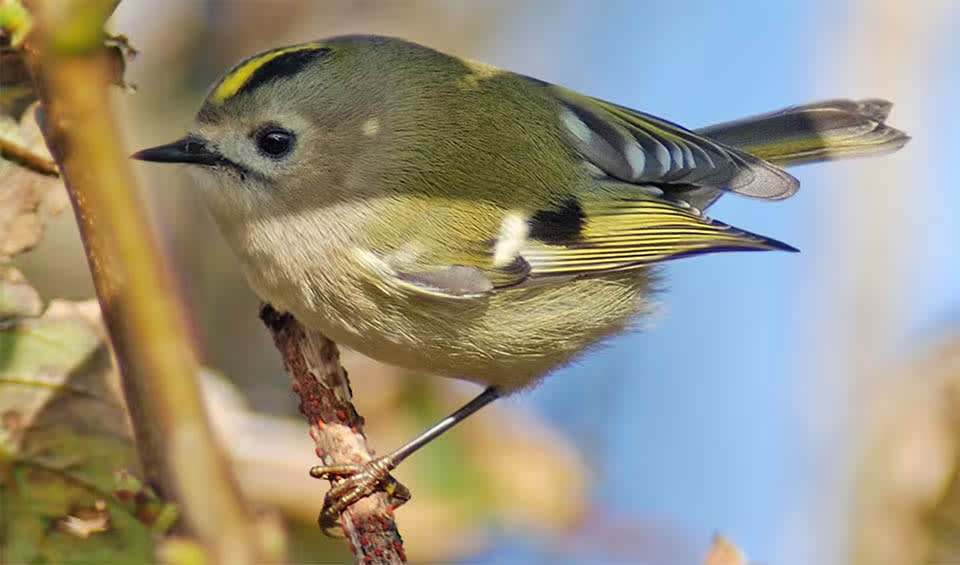Luxembourg, a small European country situated between Belgium, France, and Germany, is renowned for its rich history, financial sector, and vibrant cultural scene. Despite its small size, Luxembourg boasts an impressive diversity of landscapes and ecosystems that contribute to its varied biodiversity. Covering an area of approximately 2,586 km² (998 mi²), the country’s landscapes are marked by lush forests, rolling hills, and meandering rivers.
The northern region, called the Oesling, is part of the Ardennes region and features rugged terrain and dense forests, while the southern Gutland is more urbanized and includes the fertile Moselle Valley. Despite its limited size, Luxembourg has a considerable degree of geological and microclimate diversity, which supports a range of biodiversity, including various species of mammals, birds, insects, and plants.
Four pillars elaborated:
Luxembourg features a robust network of protected areas, which encompass more than 55% of its territory, ranking it among the leaders in Europe for conservation initiatives. These areas include diverse landscapes such as forests, wetlands, meadows, and rocky outcrops, serving as sanctuaries for a wide range of plant and animal species, including those that are rare and endangered. The protected areas in Luxembourg are recognized at both national and European levels, underscoring their significance for biodiversity preservation. Additionally, these areas are integral to the Natura 2000 network, a comprehensive system of protected sites across the European Union aimed at ensuring long-term environmental sustainability. Land Management
Land Management
The transformation of Luxembourg from a predominantly rural economy into a major European steel industry hub and later a financial center has been a primary factor in biodiversity loss. Consequently, Luxembourg ranks among the countries most impacted by shifts in animal population dynamics. Over recent decades, the expansion of agriculture driven by economic development has had a considerable negative effect on the natural environment and landscape connectivity. Threats to Biodiversity
Threats to Biodiversity
For instance, the Prickly Poppy was widespread before the 1950s, but with the introduction of chemical fertilizers and pesticides, it is now found almost exclusively along field edges and agricultural roads, with its habitats becoming increasingly rare. This situation has worsened due to intensive agricultural practices that reduce habitats, rest areas, nesting sites, and food sources. A notable decline has been observed in three indicator bird species in meadow and pasture environments, with the rapidly growing threats to the Meadow Pipit and Yellow Wagtail being particularly alarming. Additional pressures on habitat and species conservation include pollution and the practice of forest monoculture.
In Luxembourg, forests cover around 90,000 hectares (900 km²), with 40% of these being certified for sustainable management. Efforts to boost agricultural and indigenous biodiversity include projects like the “Hëllef fir d’Natur” Foundation’s initiative to preserve regional fruit varieties and a project supported by the Ministry of Sustainable Development and Infrastructure for cultivating and commercializing native plants, which also helps reintegrate unemployed individuals into the workforce and revives a once-neglected national market. Positive outcomes from biodiversity policies are evident, such as the beneficial impacts of biodiversity agreements with farmers on over 3,200 hectares (32 km²), leading to enhanced biodiversity and reduced chemical use. Capacity and Governance
Capacity and Governance
Additionally, improvements in water quality have been recorded since 1977. Luxembourg is actively involved in promoting biodiversity both locally and internationally, contributing significantly to global development assistance and supporting microfinancing in developing countries. A broad awareness-raising campaign launched in 2007 includes various educational resources and activities to highlight the value of natural ecosystems.
The Plant Conservation Strategy for Luxembourg from 2022 to 2030 focuses on incorporating plant diversity into both rural and urban development plans. This strategy advocates for the utilization of native plants in landscaping, the creation of green corridors, and the restoration of degraded environments. Luxembourg is also advancing efforts to blend biodiversity with urban development seamlessly. Initiatives such as green roofs, vertical gardens, and urban parks are being developed to foster sustainable living environments that support wildlife. The overarching aim is to enhance urban spaces in ways that benefit both people and nature. Future Trends
Future Trends
Biodiversity
Despite its small size, Luxembourg is home to a surprisingly diverse range of habitats and species. The country’s landscape is characterized by rolling hills, dense forests, rivers, and wetlands, which provide a haven for various flora and fauna. The Ardennes in the north feature extensive woodlands that support mammals like deer, wild boar, and foxes and a rich diversity of bird species. The Mullerthal region, often called “Little Switzerland,” is known for its unique rock formations, lush forests, and diverse plant life. In the southern part of Luxembourg, the Moselle Valley’s vineyards and riverbanks create a distinct ecosystem that supports different wildlife, including numerous fish species and aquatic birds.Luxembourg’s rich biodiversity is evident in its varied ecosystems, which include meadows, orchards, and ancient forests. The country is home to numerous species of plants, birds, mammals, reptiles, and insects. Notable examples include the black stork, European wildcat, and several species of orchids. Rivers such as the Sauer, Alzette, and Our are vital for aquatic life and serve as important migratory routes for fish.
In the table below are the number of known species in several main groups, how many of these species are Threatened with extinction, and how many of them are Endemic (unique to Luxembourg only):
| Species (World rank) |
Threatened | % Threatened | Endemic | % Endemic | |
|---|---|---|---|---|---|
| Mammals | 60 (#157) | 1 | 0.9% | ||
| Birds | 185 (#172) | 3 | 1.6% | ||
| Reptiles | 7 (#193) | ||||
| Amphibians | 16 (#119) | 9 | 56.3% | ||
| Fishes | 14 (#205) | ||||
| Plants | 1,346 (#168) |
mammals
Brown bear
The second largest bear, right after the polar bear. Sadly, it well might top the list soon
European pine marten
Sometimes called the “squirrels of the weasel family” due to their impressive arboreal abilities
European hare
Unlike rabbits, they don’t live in burrows, instead, they make shallow nests in the grass called forms
birds
Eurasian sparrowhawk
Better call the ambulance before the Sparrowhawk comes to devour all those who are injured
Eurasian hoopoe
Dependable wings and a muscular build. Nope, we aren’t talking about the next Redbull ad campaign
Eurasian stone-curlew
One of the bigger waders with a reptilian eye
reptiles
Common wall lizard
What makes them really interesting is their skin – it’s covered in lots of little bumpy scales, like tiny pearls
Smooth snake
Can live for several decades under the right conditions, but grow slowly and only reach maturity after several years
Slow worm
You might mistake them for snakes, but they are merely legless lizards
amphibians
Smooth newt
They have the ability to regenerate lost limbs and other body parts, a superpower in the animal kingdom!
Common toad
A warty amphibian with golden eyes
Yellow-bellied toad
Has the ability to survive in varying water salinity levels, which is unusual for freshwater amphibians


















